Request Demo
Last update 07 Mar 2025

Korle Bu Teaching Hospital
Last update 07 Mar 2025
Overview
Related
17
Clinical Trials associated with Korle Bu Teaching HospitalNCT06632288
Family Caregiver Participation in Hospital Care in Ghana: a Mixed Methods Study
This mixed methods study aims to understand family care participation in the adult medicine wards of Korle Bu Teaching Hospital, Ghana. The main questions it aims to answer, from the perspective of the patient, family caregiver, nurse, doctor, ward assistant, and hospital administrator, are:
1. What is the role of the family caregiver in hospital care?
2. What is the perceived effect of family participation in hospital care?
3. What are the barriers and facilitators experienced in family participation?
4. What are suggestions for family participation interventions?
These questions will be answered with three study arms:
1. A prospective observational cohort (population: patients and family caregivers)
2. A time and motion study (population: nurses and doctors)
3. Interviews and focus group discussions (population: patients, family caregivers, nurses, doctors, ward assistants, and hospital administrators)
1. What is the role of the family caregiver in hospital care?
2. What is the perceived effect of family participation in hospital care?
3. What are the barriers and facilitators experienced in family participation?
4. What are suggestions for family participation interventions?
These questions will be answered with three study arms:
1. A prospective observational cohort (population: patients and family caregivers)
2. A time and motion study (population: nurses and doctors)
3. Interviews and focus group discussions (population: patients, family caregivers, nurses, doctors, ward assistants, and hospital administrators)
Start Date12 Feb 2024 |
Sponsor / Collaborator |
NCT05444504
Effectiveness and Acceptability of Two Insertable Device Models for Non-surgical Management of Obstetric Fistula in Ghana, Kenya, and Uganda: a Randomized Crossover Trial
The investigators propose a clinical trial and nested qualitative study to 1) quantify the effectiveness of an insertable vaginal cup to manage fistula urinary incontinence, 2) examine user and implementer acceptability, and 3) quantify fistula management cost. Two intervention models will be compared among women awaiting fistula surgery or whose surgery was unsuccessful: 1) a vaginal cup ('cup'), and 2) the cup attached via rubber tubing to a leg-secured urine collection bag ('cup+') for greater urine holding capacity.
Start Date15 Apr 2023 |
Sponsor / Collaborator |
PACTR202209466217416
Effectiveness and Acceptability of two models of an Insertable Vaginal Cup for Non-surgical management of obstetric fistula in Ghana: a hybrid type 1 randomized crossover trial
Start Date24 Oct 2022 |
Sponsor / Collaborator |
100 Clinical Results associated with Korle Bu Teaching Hospital
Login to view more data
0 Patents (Medical) associated with Korle Bu Teaching Hospital
Login to view more data
1,218
Literatures (Medical) associated with Korle Bu Teaching Hospital04 Mar 2025·Microbiology Spectrum
Stress adaptation under
in vitro
evolution influences survival and metabolic phenotypes of clinical and environmental strains of
Vibrio cholerae
El-Tor
Article
Author: Algarañás, Macarena ; García-Romero, Inmaculada ; Duodu, Samuel ; Valvano, Miguel A. ; Adade, Nana Eghele ; Ahator, Stephen Dela ; Appiah, Vincent
ABSTRACT:
Bacterial adaptation to stress can lead to phenotypic variants with diverse levels of niche competitiveness, pathogenicity, and antimicrobial resistance. In this work, we employed experimental evolution to investigate whether exposure to various stress conditions results in new phenotypic and metabolic properties in clinical and environmental strains of
Vibrio cholerae
. Our findings revealed the emergence of variants with metabolic and genetic variations and enhanced survival under stress compared to the parental isolates. Phenotypic changes in the evolved variants included colony morphology, biofilm formation, and the appearance of proteolytic and hemolytic activities. The variants demonstrated metabolic changes in the preferred use of carbon, nitrogen, phosphorous, and sulfur substrates, while the genetic changes included single nucleotide polymorphisms (SNPs), breakpoints, translocations, and single nucleotide insertions and deletions. Mutations in genes encoding EAL and HD-GYP domain-containing proteins correlated with increased biofilm formation and different colony morphotypes. The combined analysis of the metabolic and genomic data pointed to pathways implicated in stress survival. The environmental strains were generally more pathogenic than the clinical strains in the
Galleria mellonella
infection model prior to the experimental evolution, and these differences did not change in the evolved variants. This study highlights the contribution of stress conditions as drivers for the evolution of genetic modifications and metabolic adaptation in
V. cholerae
, which may explain the continuous evolution of El-Tor biotype strains toward variants with improved survival in the environment.
IMPORTANCE:
How
Vibrio cholerae
, the causative agent of cholera, survives during the periods between outbreaks remains a critical question. Using experimental evolution based on serial bacterial passages in culture media mimicking diverse environmental stress conditions, we investigated whether clinical and environmental isolates of
V. cholerae
develop changes in survival and in their metabolism. The evolved variants exhibited alterations in colony morphology, biofilm formation, and metabolism, including changes in the preferred use of carbon, nitrogen, phosphorous, and sulfur substrates. These changes were accompanied by various genetic modifications, notably in genes encoding second messenger molecules that regulate multiple biochemical pathways implicated in stress survival and increased pathogenic potential. Our results suggest a continuous evolution of
V. cholerae
strains toward variants displaying increased survival under environmental stress conditions that may also be encountered in the human host.
01 Mar 2025·JOURNAL OF CLINICAL NEUROSCIENCE
Presentation, management and outcomes of ruptured intracranial aneurysms in Africa: A systematic review and meta-analysis
Review
Author: Tenkorang, Pearl ; Elorm Yevudza, W ; Odiase, Peace ; Barrie, Umaru ; Agyekum, Ruth ; Darko, Nana K ; Agwu, Chibueze ; Banson, Mabel ; Darko, Kwadwo ; Aoun, Salah G ; Sackitey, Simon ; Guirguis, Mina ; Totimeh, Teddy ; Simmons, Grace ; Limann, Bernice
BACKGROUND:
Approximately two percent of the world's population are affected by intracranial aneurysms (IAs). This study aimed to evaluate literature regarding presentation, treatment and outcomes of ruptured IAs in Africa.
METHODS:
A systematic review of the literature using PubMed/MEDLINE, SCOPUS, Web of Science and Google Scholar databases was conducted according to the Preferred Reporting Items for Systematic Reviews and Meta-Analyses (PRISMA) guidelines.
RESULTS:
Twenty-one retrospective studies with 1,109 patients and 11 case reports (10 countries) were included. The mean Methodological Index for Nonrandomized Studies (MINORS) for included articles was 9.1 ± 2.5. The mean age was 43.3 years (95 %CI: 37.8-48.8), with 58.4 % (342/586) female patients. WFNS/H&H grade 1 was reported in 41.2 % (98/238) of cases and Fischer grade 2 was reported in 30.4 % (98/322) of cases. CT angiography was utilized in 94.6 % (560/592, 12 articles). The ICA was reported in 24.5 % of cases (CI: 12.9 %-36.1 %). AComA and MCA were affected in 21.2 % (95 %CI: 15.2-27.2 %) and 21.3 % (95 %CI: 15.2-27.2 %) of cases, respectively. The odds of ruptured aneurysms in the anterior circulation were 14.3 (CI: 6.3-32.2). Surgical clipping was reported in 75.0 % (448/597) and coiling in 20.4 % (122/597) across 13 studies. 66.8 % (95 %CI: 57.4-76.3 %) of patients experienced neurological improvement with a mortality rate of 12.3 % (95 %CI: 7.5-17.1 %) at last follow-up.
CONCLUSION:
Ruptured IAs are small and located in the anterior circulation. The lack of detailed aneurysm size reporting hampers the identification of a critical rupture size for management. More research is needed to understand aneurysm characteristics and predictors of rupture in Africa.
05 Feb 2025·AMERICAN JOURNAL OF TROPICAL MEDICINE AND HYGIENE
Pregnancy Outcomes of Elderly Primigravidae in a Tertiary Hospital in West Africa: A Retrospective Cohort Study
Article
Author: Mumuni, Kareem ; Asah-Opoku, Kwaku ; Godi, Anthony ; Ameme, Donne Kofi ; Boafor, Theodore ; Samba, Ali ; Oppong, Samuel A. ; Okere, Maxfield ; Ntumy, Michael
ABSTRACT.:
Elderly primigravidae refers to women who become pregnant for the first time from age 35 years and above. Advanced maternal age is a known risk factor for numerous maternal and perinatal complications. This study sought to determine pregnancy outcomes of elderly primigravidae at the Korle-Bu Teaching Hospital (KBTH). A retrospective cohort study was conducted. Women who had their first delivery at KBTH from January 1, 2015 to December 31, 2017 had their demographic and obstetrics and gynecology history and maternal and fetal outcomes retrieved from the department’s electronic database. Women aged 35 years or more who had their first delivery within the study period constituted the exposed, whereas those between 20 and 34 were considered unexposed. Modified Poisson regression with robust error variance estimation and the log link function between the sociodemographic and obstetric factors and maternal and fetal outcomes to estimate adjusted risk ratios (aRRs) and 95% CI were used. Of 29,243 total deliveries, elderly primigravidae constituted 1.81% (530/29,243). Maternal outcomes associated with elderly primigravidae were increased incidence of Caesarean section or instrument delivery (aRR [95% CI] = 1.73 [1.56–1.92]) and prolonged length of stay in hospital (aRR [95% CI] = 1.14 [1.06–1.23]). Fetal outcome associated with the elderly primigravidae was stillbirth (aRR [95% CI] = 1.91 [1.25–2.91]). Elderly primigravidae therefore require more intensive monitoring, even in the absence of any obvious maternal complications. These findings will help in counseling and in the shared decision-making for delivery of elderly primigravidae.
1
News (Medical) associated with Korle Bu Teaching Hospital03 Mar 2023
Researchers have successfully predicted whether children have anemia using only a set of smartphone images.
Researchers at UCL and University of Ghana have successfully predicted whether children have anaemia using only a set of smartphone images.
The study, published in PLOS ONE, brought together researchers and clinicians at UCL Engineering, UCLH and Korle Bu Teaching Hospital, Ghana to investigate a new non-invasive diagnostic technique using smartphone photographs of the eye and face.
The advance could make anaemia screening more widely available for children in Ghana (and other low- and middle-income countries) where there are high rates of the condition due to iron deficiency, as the screening tool is much cheaper than existing options and delivers results in one sitting.
The paper builds on previous successful research undertaken by the same team exploring use of an app – neoSCB - to detect jaundice in newborn babies.
Anaemia is a condition causing a reduced concentration of haemoglobin in the blood, which means oxygen is not transported efficiently around the body.
It affects two billion people globally and can have a significant impact on developmental outcomes in children, increasing their susceptibility to infectious diseases and impairing their cognitive development.
The most common cause of anaemia globally is iron deficiency, but other conditions such as blood loss, malaria and sickle-cell disease also contribute.
First author, PhD candidate Thomas Wemyss (UCL Medical Physics & Biomedical Engineering) said: “Smartphones are globally popular, but research using smartphone imaging to diagnose diseases shows a general trend of experiencing difficulty when transferring results to different groups of people.
“We are excited to see these promising results in a group which is often underrepresented in research into smartphone diagnostics. An affordable and reliable technique to screen for anaemia using a smartphone could drive long-term improvements in quality of life for a large amount of people.”
Traditionally, diagnosis of anaemia requires blood samples to be taken, which can be costly for patients and healthcare systems. It can create inequalities related to the expense of travelling to hospital for a blood test. Often families need to make two trips, to have a blood sample taken and then to collect their results, due to samples being transported between the clinic and the laboratory for analysis.
In the 1980s a handheld device, the HemoCue, was developed to provide more immediate results, but this carries significant upfront and ongoing costs, as well as still needing a finger-prick blood sample.
The researchers knew that haemoglobin has a very characteristic colour due to the way it absorbs light, so aimed to develop a procedure to take smartphone photographs and use them to predict whether anaemia is present.
They analysed photos taken from 43 children aged under four who were recruited to take part in the study in 2018. The images were of three regions where minimal skin pigmentation occurs in the body (the white of the eye, the lower lip and the lower eyelid).
The team found that when these were evaluated together to predict blood haemoglobin concentration, they were able to successfully detect all cases of individuals with the most severe classification of anaemia, and to detect milder anaemia at rates which are likely to be clinically useful.
Principal investigator Dr Terence Leung (UCL Medical Physics & Biomedical Engineering) said: “Since 2018, we’ve been working with University of Ghana on affordable ways to improve healthcare using smartphones. Following our success in screening neonatal jaundice, we are so excited to see that the smartphone imaging technique can also apply to anaemia screening in young children and infants.”
Senior author Dr Judith Meek (UCLH) added: “Anaemia is a significant problem for infants, especially in low- and middle-income countries, and we hope this sort of technology will lead to earlier detection and treatment in the near future.”
The study was funded by the EPSRC via the UCL Global Challenges Research Fund and UCL Centre for Doctoral Training in Intelligent, Integrated Imaging in Healthcare.
100 Deals associated with Korle Bu Teaching Hospital
Login to view more data
100 Translational Medicine associated with Korle Bu Teaching Hospital
Login to view more data
Corporation Tree
Boost your research with our corporation tree data.
login
or

Pipeline
Pipeline Snapshot as of 20 Apr 2025
No data posted
Login to keep update
Deal
Boost your decision using our deal data.
login
or
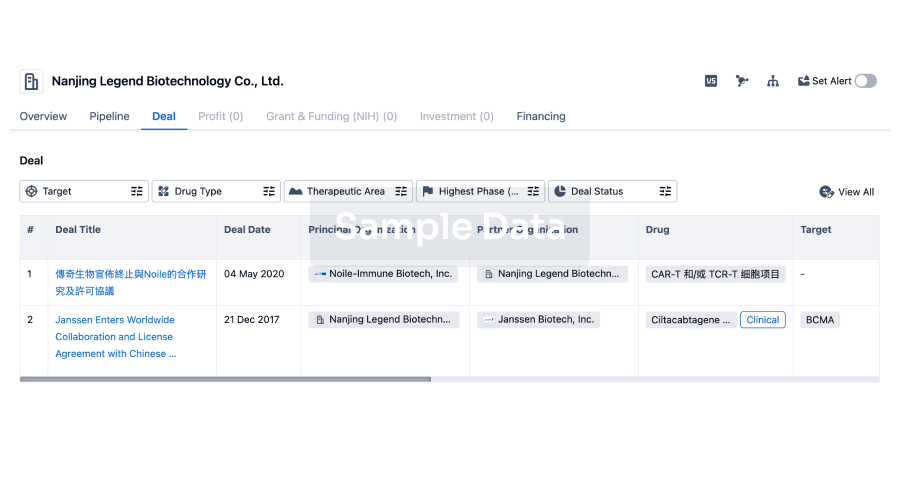
Translational Medicine
Boost your research with our translational medicine data.
login
or
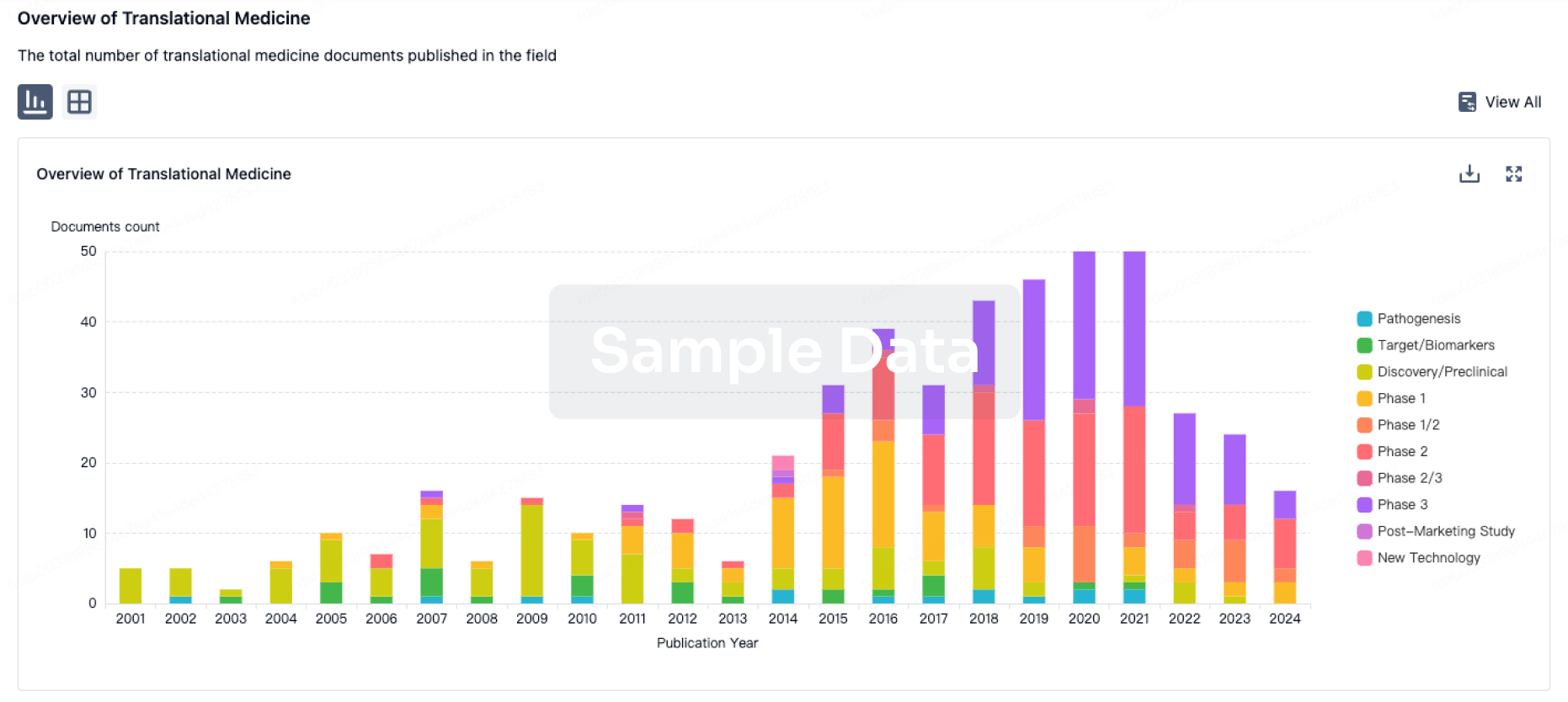
Profit
Explore the financial positions of over 360K organizations with Synapse.
login
or

Grant & Funding(NIH)
Access more than 2 million grant and funding information to elevate your research journey.
login
or
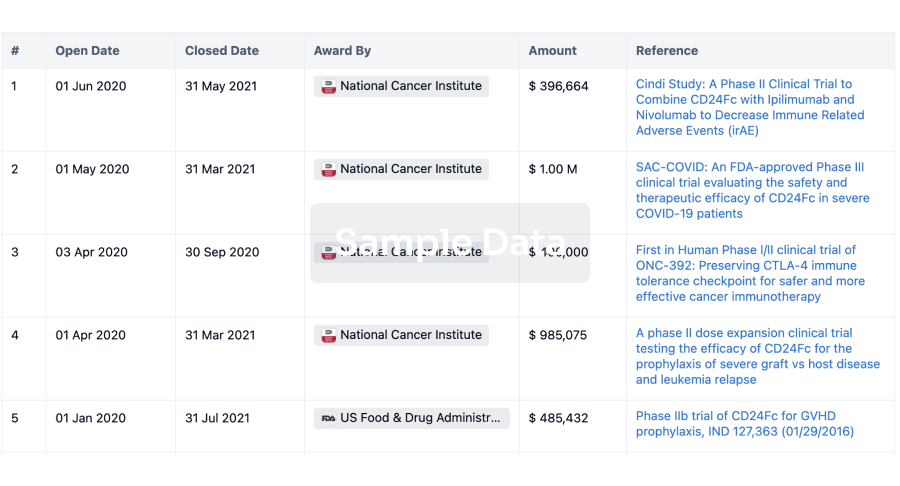
Investment
Gain insights on the latest company investments from start-ups to established corporations.
login
or
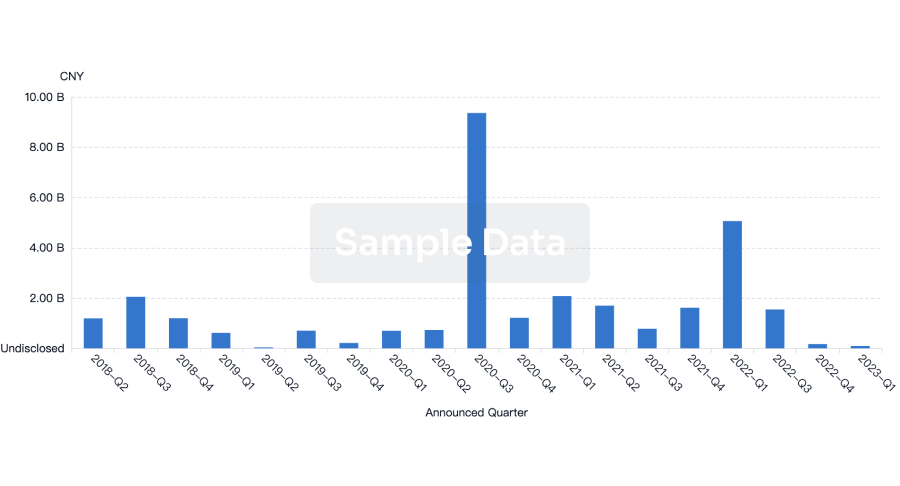
Financing
Unearth financing trends to validate and advance investment opportunities.
login
or
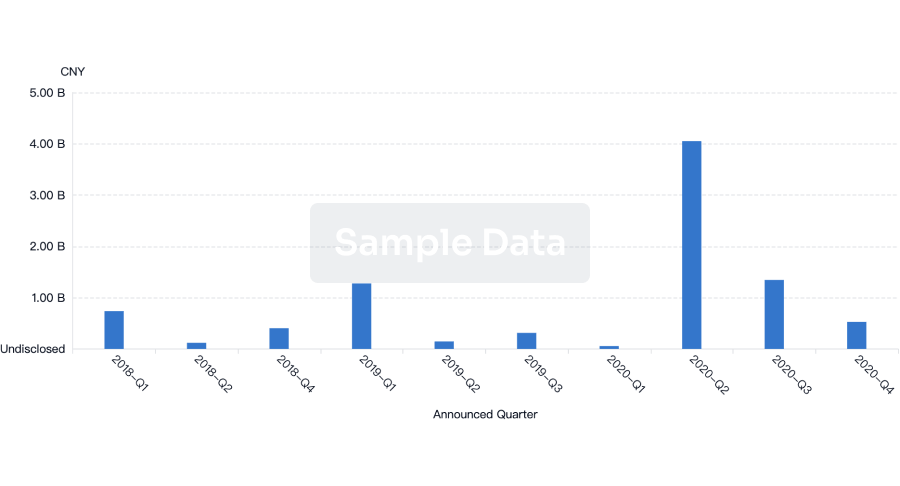
Chat with Hiro
Get started for free today!
Accelerate Strategic R&D decision making with Synapse, PatSnap’s AI-powered Connected Innovation Intelligence Platform Built for Life Sciences Professionals.
Start your data trial now!
Synapse data is also accessible to external entities via APIs or data packages. Empower better decisions with the latest in pharmaceutical intelligence.
Bio
Bio Sequences Search & Analysis
Sign up for free
Chemical
Chemical Structures Search & Analysis
Sign up for free
